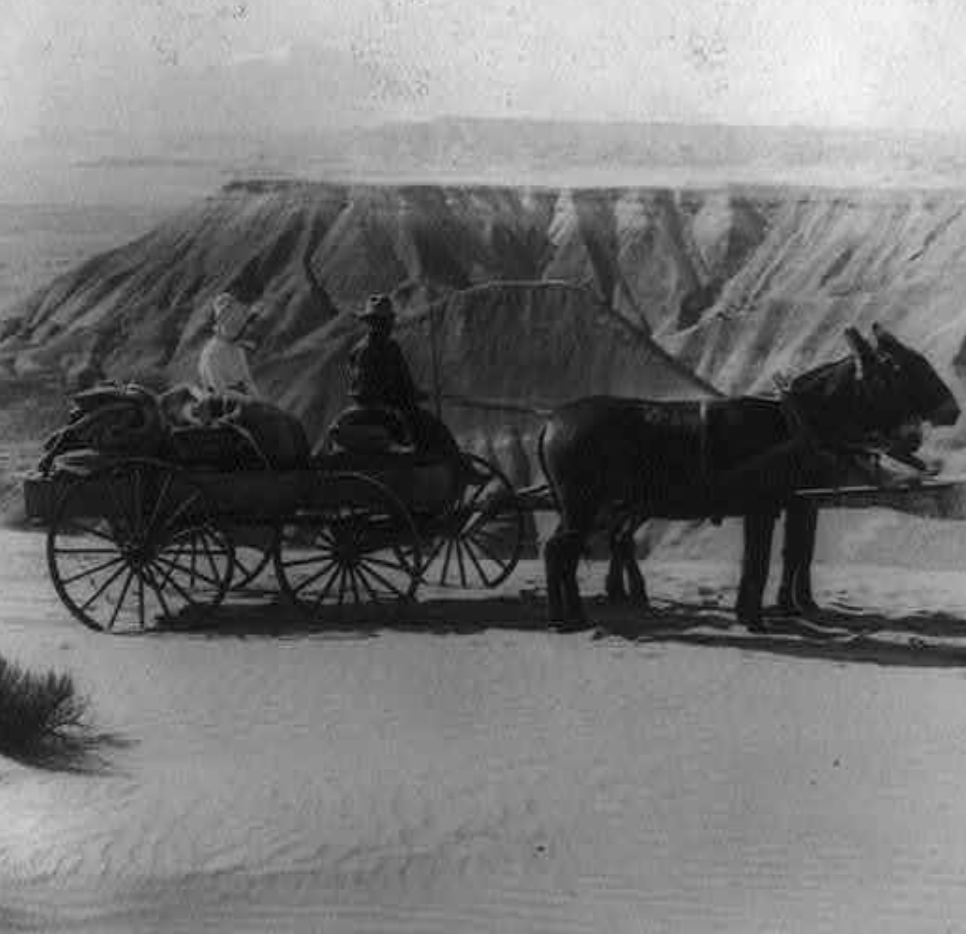1015: #ClassicTerryAnderson, 2 of 2: Another opportunity to free and enrich Indian Country. @HooverInst

Photo: A wilderness of sand--miles from human habitations, Painted Desert of Arizona http://JohnBatchelorShow.com/contact http://JohnBatchelorShow.com/schedules Parler & Twitter: @BatchelorShow #ClassicTerryAnderson: 2of2: Another opportunity to free and enrich Indian Country. @HooverInst https://www.hoover.org/research/restoring-tribal-economies Indian Country is anything but healthy and prosperous. In the United States, 20 percent of reservation households make less than $5,000 annually, and Native Americans are more likely than non-Natives to be assaulted, incarcerated, or to commit suicide. As one of us, Terry Anderson, outlined in testimony before the U.S. Commission on Civil Rights last year, the disparities between Native Americans and other Americans are the result of an institutional gap—a lack of property rights, clearly defined jurisdictions, and effective governance structures on Indian reservations. Most Native Americans lack title to their lands, because much of Indian Country is held in trust by the federal government. Without title or decision-making authority, tribal governments must endure lengthy federal approval processes before developing their land or allocating natural resources. This dependency on the federal government has eroded traditional indigenous community structures…